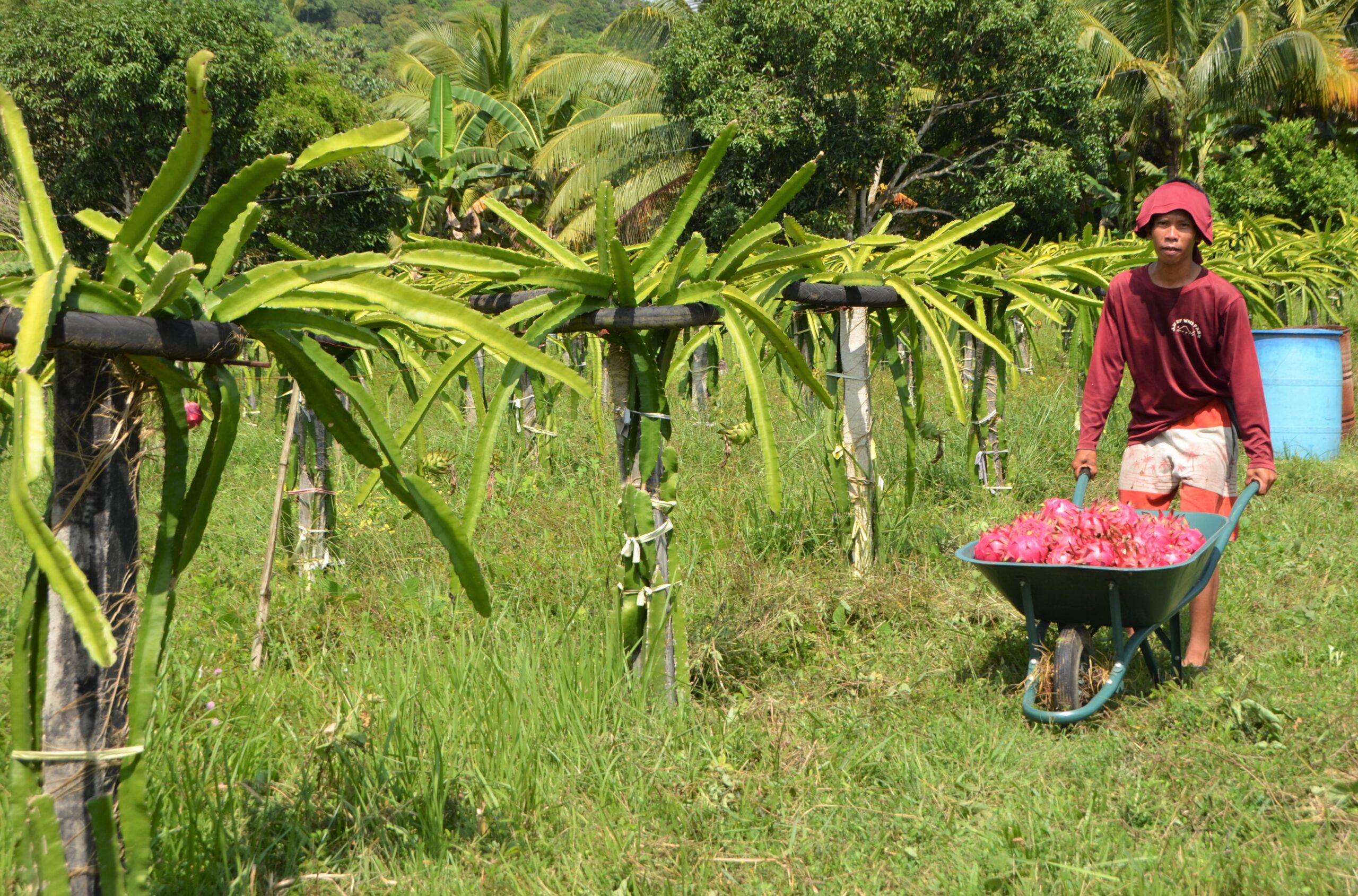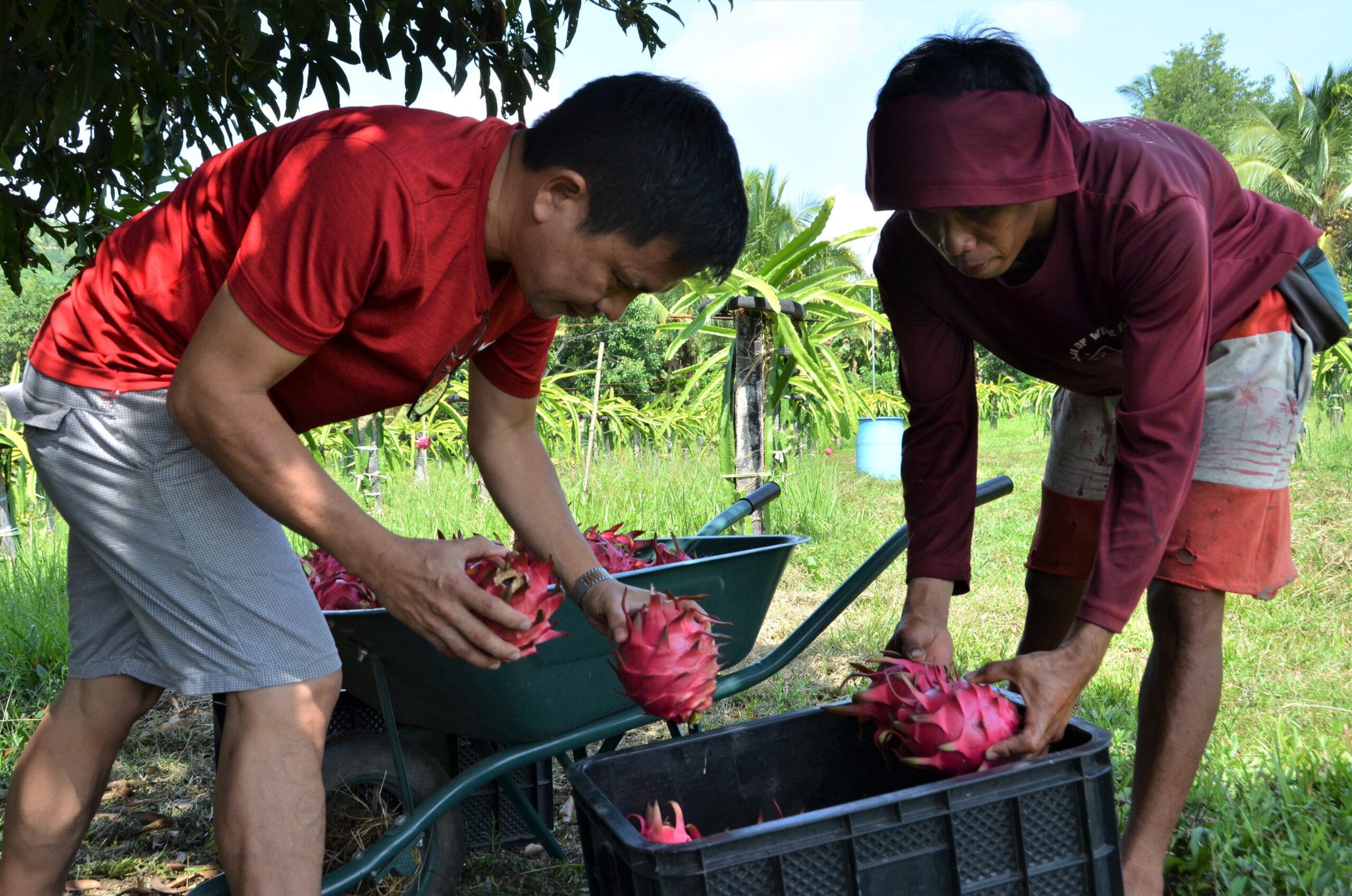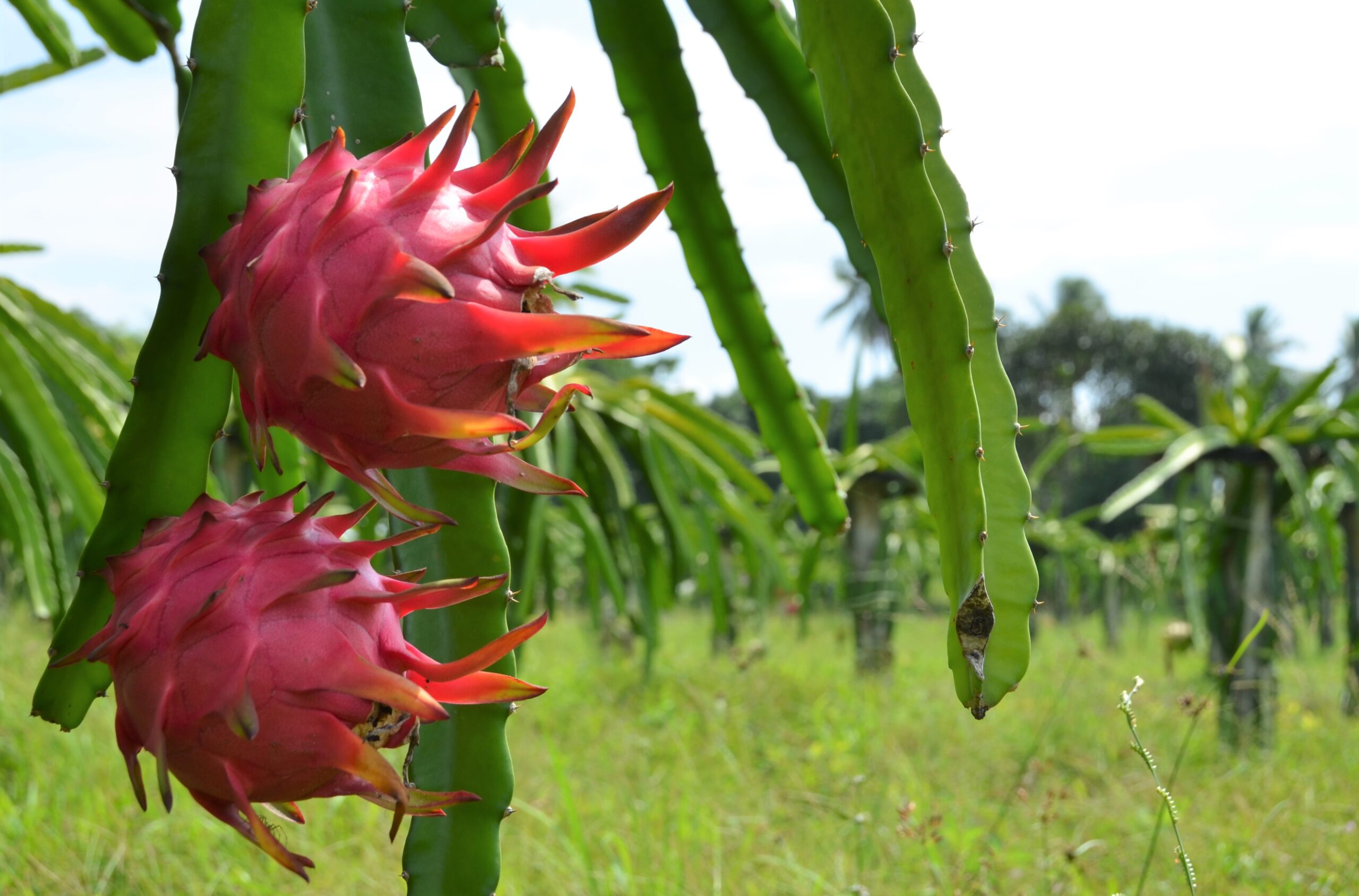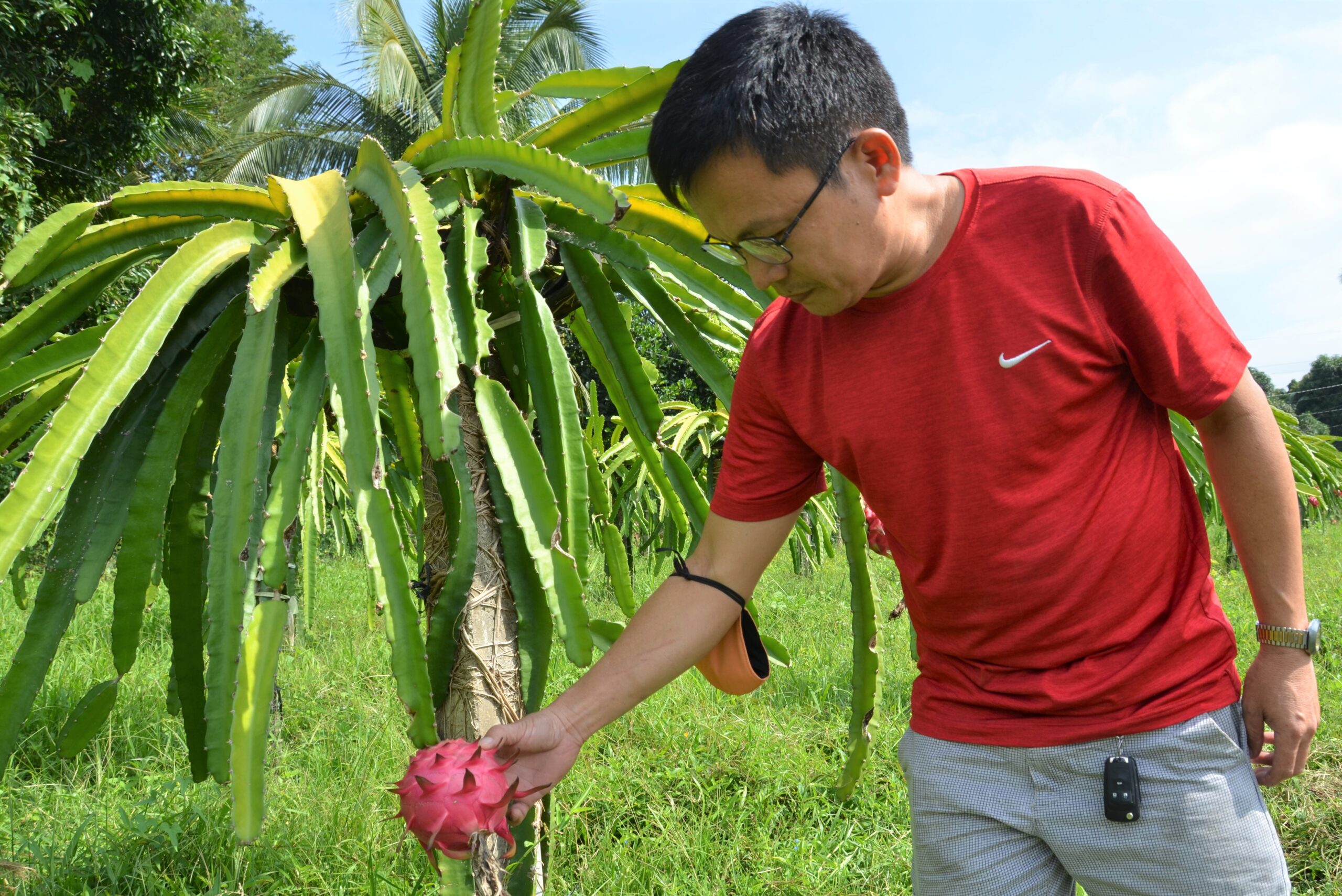Text and Photos by Henrylito D. Tacio
It’s one thing to know what to do in times of crisis. It’s another thing to discover how to do it.
When the coronavirus disease 2019 (COVID-19) hit the country in the early of 2020, Filipinos were caught by surprise. No one expected it would be a global disaster. People were afraid to go out; the economy was greatly affected.
One of those who suffered from the beatings of the pandemic was Geoffrey C. Igagamao. As his garment manufacturing business was considered non-essential, his source of income dipped. He had to find some cash to augment whatever savings he had. And it was at this moment that the “plantito” and “plantita” hype commenced.
He started vegetable gardening in his backyard, as going to the public market was a hassle. He sold some of his products to people who were interested. As people were locked down in their homes, they turned into planting. Ornamental plants, grown primarily for their beauty and aesthetic quality, received the spotlight as people became devoted to gardening for stress relief.
Igagamao was selling vermicast or worm castings as an organic soil conditioner and a 100% natural fertilizer. He got his supply from a friend in Bansalan, Davao del Sur, who visited Davao City every now and then.
But the income was not enough to support the needs of the couple and their five kids: Mico, Miggy, Janna, and twins (Ayah and Aycah). It was at this time that he remembered the two-hectare farm given by his parents to him. So, he decided to visit the farm located in Balnate, a barangay in Magsaysay, Davao del Sur.
So, one day, he found himself visiting the farm, which was planted with mangoes. But the abandoned trees were not giving profitable harvests. He thought of planting another crop that would be a big hit in the market, those that will be preferred by consumers.
After talking with some friends and people who were into farming and conducting his own research, he decided to plant dragon fruits. With this in mind, he watches all the videos pertaining to dragon fruits on YouTube. He read whatever articles and features written on it. He even visited dragon fruit farms and had the opportunity of talking with the late Mrs. Editha Dacuycuy of Ilocos, touted to be the queen of dragon fruits in the Philippines.
With all the knowledge he had, Igagamao started with 134 posts in April 2021. Six months later, he built 760 posts. Before the year was over, in December, he had another 600 posts. In every post, he planted four seedlings per post, with a distance of 3 meters by 3 meters.
Although his parents were farmers, he never had tried farming at all. So, it was totally a new job for him. But he learned farming – thanks to social media and from consulting farmers who plant dragon fruits.


“I can’t say it’s hard or easy to grow and manage the dragon fruits,” he admitted. “But I can say I was doing well because the original 134 posts I had, the seedlings were growing great. I applied all the knowledge I knew.”
Igagamao got his planting materials from reliable sources in Kiblawan, Davao del Sur and Kidapawan, North Cotabato. When those sources couldn’t supply his needs, he went to Ozamis City in Misamis Occidental.
Like most neophyte farmers, he had to rely on the knowledge he got from his reading and consultations. Among those he did were the following: planting the right cuttings, applying the recommended fertilizers, and doing weekly side pruning and monthly weeding removal. He also conducted personal disease management.
The roots, stems, foliar and flower buds, flowers, and fruits are attacked by a range of pests and diseases. Pests include mites, thrips, ants, scale insects, mealy bugs, beetles, slugs, borers, nematodes, fruit flies and rodents such as mice, birds or bats.
“Every other day, I had to make rounds to check every post if there are plants which are attacked by pests or have diseases,” he said. “When I found a disease, I cut the diseased branch and burned it.”
Irrigation is critical during fertilizer applications and fruiting. He applies mostly organic fertilizers in the form of vermicast, carbonized rice hulls, and goat manure. Commercial fertilizers are also placed only as add-ons.
Igagamao has no problem as to the source of water. There is a creek nearby his farm. He also gets water from the spring not far from his farm. “Dragon fruits may belong to the cactus family but they need water, especially at the time when they are fruiting,” he said.
Pruning, whether major or minor ones, is a regular operation, regardless of the age of the dragon fruits. “I have to prune them in order to have an open, manageable and productive umbrella-shaped canopy,” he said.
Igagamao is not alone in doing all these management practices, however. He has a companion who helps him in his farm. “I have instructed him what to do when I am not around,” he said.
In the past, he was on the farm only three days a week. After a day’s work, he went home to his parents’ house in Bansalan, which is about a 30-minute ride. (His family lives in Davao City, which is about 90 kilometers away from the farm.)
As the dragon fruits started bearing fruits, he wanted to care for them personally. So, he decided to build a small hut in the middle of the farm. Now, he stays for five days and goes home to Davao City on weekends.
The first batch of dragon fruits started bearing fruits the following year. He was able to harvest 100 kilograms from the 134 posts in April 2022. The other batches of dragon fruits followed thereafter. His most recent harvest totalled 2,075 kilograms. He harvests every other week.
He sells his dragon fruits at P150 per kilogram. “Filipinos are not familiar with dragon fruits, unlike mangoes,” he said. “In fact, when I planted dragon fruits people were wondering what plant I was planting.”
He doesn’t have any problem selling his fruits, however. He does it through what he calls social media marketing. He posts his produced fruits in his Facebook account, and the buyers just respond by telling him how many kilograms they want.
He also has an online store where people can order the volume of dragon fruits they want. He doesn’t deliver them but asks someone to bring the fruits to people who order them. Most of his customers are Chinese.
In addition, he delivers dragon fruits to several supermarkets and malls in Davao City.
Igagamao may soon distribute his fruits to various hotels, too, once his crops are producing optimum fruits. Right now, he gets only seven kilograms of fruits per post. After three years, he could get about 20 kilograms per post. The optimum 50 kilograms per post may be attained when the plants are already ten years old.
From the initial two hectares, the dragon fruit farm is now 3 hectares. He borrowed the other hectare from his sibling who is working right now as a nurse in the United States. All in all, there are 1,500 posts with four dragon fruit plants grown in each post.
There are a few mangoes still standing in the farm. Aside from dragon fruits, he also started planting grapes. He also is also raising some chickens.
Since a lot of people are now requesting to visit his farm, he is thinking of making it as one of the farm tourism destinations in the province. “But that’s in the future yet,” he said.
Aside from selling fresh dragon fruits, he has also ventured into wine making, which he “discovered” by accident. When he went to Ozamis City to buy planting materials, he also bought 150 kilograms of fruits.
When they arrived home, about 80 kilograms were destroyed during the trip. Instead of throwing them away, his wife Joan thought of turning them into wine. She consulted some friends and learned more from the YouTube posts. They also consulted the Department of Science and Technology.
After six months, they tasted the wine, and it was alright. People who have bought them wanted to get more bottles of the Balnate Reserve, the name of the wine.
Right now, they are making wine only at home in Davao City. The production, which takes six months to transform the fruits into wine, is only 40 to 50 bottles per month. But once the dragon fruit plantation is fruiting profusely, they may be able to produce 800 to 1,000 bottles per month. “That’s our target next year,” he said.
Igagamao, now 49, has gone a long, long way. The city man is now loving every bit of farming. Had it not been for the pandemic, he would never find his place under the sun.
“If you go into farming, you should love doing it in order for it to prosper,” he said. “Industriousness, perseverance and determination may be all but you can do it if you love doing and like what you are doing.”



In Central and South America, where it is native, dragon fruit is known as “pitahaya.” It is now grown in Southeast Asian countries like Cambodia, Thailand, Malaysia, Vietnam, and the Philippines (where it was introduced through trading). Because the fruit is covered by green-tipped overlapping scales and has bright colors, it has given its popular name.
Dragon fruits are usually eaten fresh. The fruits are peeled and the white or purple flesh, which has a mild taste, is eaten.
The typical nutritional values per 100 grams of fresh dragon fruit (of which 55 grams are edible) are as follows: water, 80-90 grams; ascorbic acid (vitamin C), 4-25 milligrams; calcium, 6-10 mg; ash 0.4-07, g; carbohydrates, 9-14 g; fat, 0.1-0.6 g; fiber, 0.3-0.9 g; iron, 0.3-07 g; niacin, 0.2-0.45 mg; phosphorus, 16-36 mg; and protein, 0.15-0.5 g.
Dragon fruit has traces of carotene (vitamin C), thiamine (vitamin B1), and riboflavin (vitamin B2). Its calorie content is 35-50.
According to DOST, a typical dragon fruit is rich in fiber, vitamins, minerals, and phytoalbumins (which act as antioxidants, which can prevent the formation of cancer).
Eating dragon fruits has some health benefits. Some studies have shown the fruits enhance the body metabolism (protein), improve digestion (fiber), reduce fat (fiber), and improve memory (carotene). They also maintain the health of the eyes (carotene), strengthen the bones and teeth development (calcium), help metabolize carbohydrates and produce energy (vitamin B1).
Dragon fruits, anyone?

